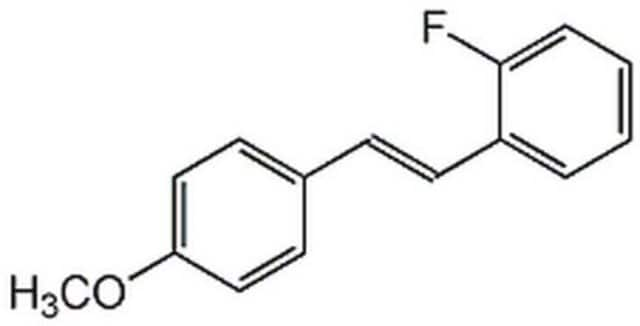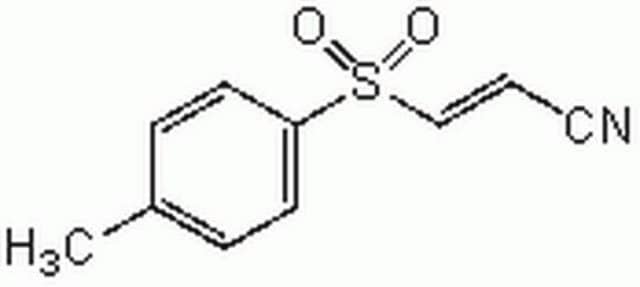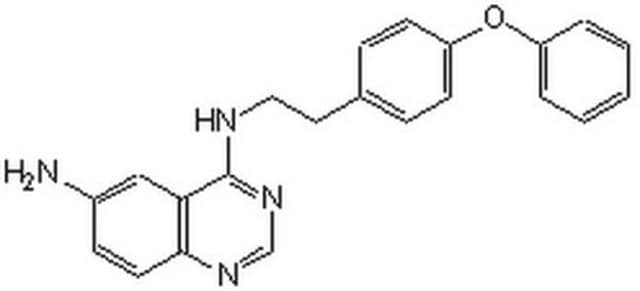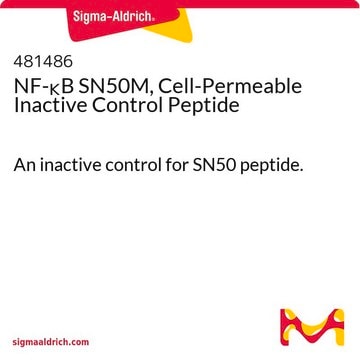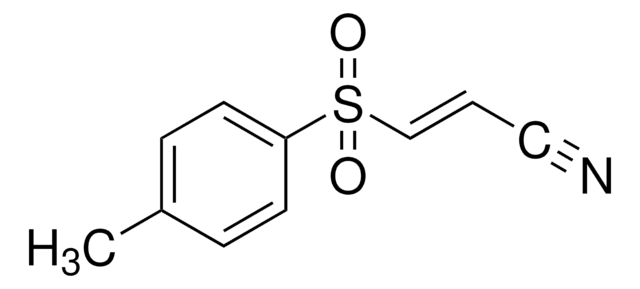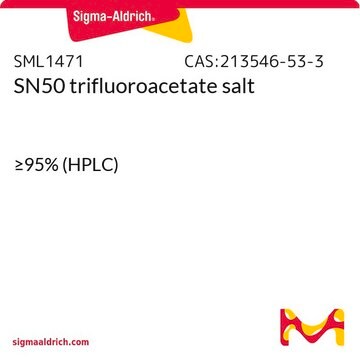481480
NF-κB SN50
≥97% (HPLC), lyophilized, NF-κB translocation inhibitor, Calbiochem®
Synonym(s):
NF-κB SN50, Cell-Permeable Inhibitor Peptide
About This Item
Recommended Products
product name
NF-κB SN50, Cell-Permeable Inhibitor Peptide, NF-κB SN50, CAS 213546-43-3, is a cell-permeable peptide that contains the NLS sequence of NF-κB p50 linked to the hydrophobic region of K-FGF. Inhibits translocation of the NF-κB into the nucleus.
Quality Level
assay
≥97% (HPLC)
form
lyophilized
manufacturer/tradename
Calbiochem®
storage condition
OK to freeze
desiccated (hygroscopic)
solubility
water: 5 mg/mL
shipped in
ambient
storage temp.
−20°C
General description
Biochem/physiol Actions
translocation of the NF-κB active complex into the nucleus
Warning
Sequence
Physical form
Reconstitution
Other Notes
Legal Information
Certificates of Analysis (COA)
Search for Certificates of Analysis (COA) by entering the products Lot/Batch Number. Lot and Batch Numbers can be found on a product’s label following the words ‘Lot’ or ‘Batch’.
Already Own This Product?
Find documentation for the products that you have recently purchased in the Document Library.
Our team of scientists has experience in all areas of research including Life Science, Material Science, Chemical Synthesis, Chromatography, Analytical and many others.
Contact Technical Service